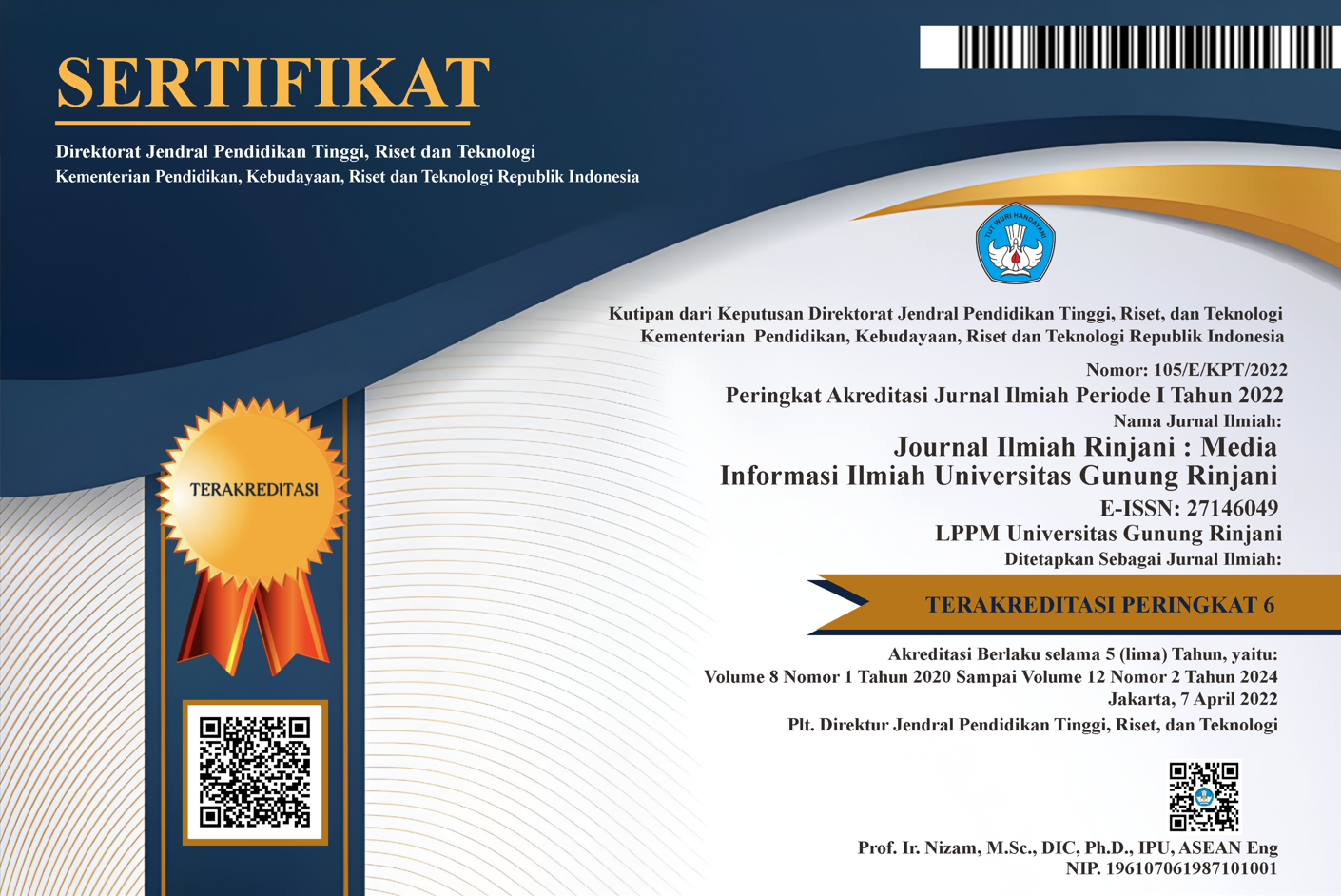ANALISA DIVERSITAS PADANG LAMUN PADA SATU STASIUN DI PANTAI SANUR KOTA DENPASAR PROVINSI BALI
Keywords:
diversitas, lamunAbstract
Ekosistem padang lamun yang sering disebut dengan seagrass beds merupakan
salah satu ekosistem yang terdapat di daerah pesisir atau perairan laut dangkal.
Lamun merupakan satu-satunya tumbuhan berbunga berbiji tunggal yang memiliki
daun, akar sejati dan rhizome yang hidup terendam di dalam laut. Lamun dapat
mengkoloni suatu daerah melalui penyebaran buah yang dihasilkan secara seksual
(Mann, 2000 dalam Bengen, 2001). Di seluruh dunia diperkirakan terdapat
sebanyak 55 jenis lamun, dimana 12 jenis diantaranya terdapat di Indonesia, yang
termasuk ke dalam 2 famili yaitu Hydrocharitaceae dan Potamogetonaceae
(Bengen, 2001). Dari 12 jenis lamun yang terdapat di Indonesia, tentunya tidak
semua jenis dapat tumbuh mendominasi suatu daerah padang lamun, ada jenisjenis
tertentu yang akan lebih mendominasi di suatu daerah, sebagai salah satu
bentuk adaptasinya terhadap kondisi perairan setempat. Pantai Sanur merupakan
salah satu pantai yang memiliki laguna semi terbuka, yang merupakan salah satu
ekosistem padang lamun di Provinsi Bali. Pada tahun 2003 sampai tahun 2005
Pantai Sanur mendapat reklamasi pantai. Kegiatan seperti ini dapat menyebabkan
terjadinya perubahan pada ekosistem pantai, baik akibat kekeruhan air yang
dihasilkan, kebisingan, kerusakan fisik karena alat berat maupun perubahan pola
dan kecepatan arus. Tujuan penelitian ini adalah untuk mengetahui diversitas
padang lamun pada satu stasiun di Pesisir Sanur Kota Denpasar Provinsi Bali.
Data jenis, prosentase penutupan, biota berasosiasi dan substrat dianalisa secara
diskriptip, sedangkan data jumlah rumpun dianalisa secara statistik. Hasil
penelitian ditemukan 4 jenis, prosentase penutupan relatif masih rendah, Jenis
biota yang berasosiasi 6 jenis, substrat pasir putih dengan butiran halus.
Kata Kunci: diversitas, lamun
Seagrass ecosystems often called the seagrass beds is one of the ecosystems
found in coastal areas or shallow marine waters. Seagrass is the only flowering
plants that has a single seed leaf, root and rhizome true that live submerged in the
sea. Seagrass can colonize an area through the deployment of the fruit produced
sexually (Mann, 2000 in Bengen, 2001). Worldwide is estimated there are as many
as 55 species of seagrass, where 12 species of them are found in Indonesia, which
belong to the two families that Hydrocharitaceae and potamogetonaceae (Bengen,
2001). Of the 12 species of seagrass found in Indonesia, of course, not all species
can grow to dominate an area of seagrass beds, there are certain types that will
dominate in the region, as one form of adaptation to local water conditions. Sanur
beach is a beach which has a semi-open lagoon, which is one of the seagrass
ecosystems in the province of Bali. In 2003 to 2005 Sanur Beach gets reclamation.
Events like this can cause changes in the coastal ecosystem, whether as a result of
produced water turbidity, noise, physical damage because of heavy equipment as
well as changes in the pattern and speed of currents. The purpose of this study
was to determine the diversity of seagrass beds in the coastal station in Sanur
Denpasar Bali province. Data types, the percentage of closure, associated biota
and analyzed diskriptip substrate, while the number of clumps of data analyzed
statistically. The research found four species, the percentage of closure is still
relatively low, type associated biota 6 types, substrates with fine grains of white
sand.
Keywords: seagrass, diversity











